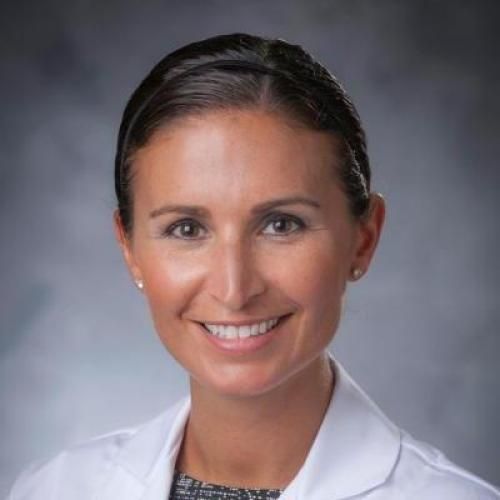
Local Burn Injury Promotes Defects in the Epidermal Lipid and Antimicrobial Peptide Barriers in Human Autograft Skin and Burn Margin: Implications for Burn Wound Healing and Graft Survival.
Burn injury increases the risk of morbidity and mortality by promoting severe hemodynamic shock and risk for local or systemic infection. Graft failure due to poor wound healing or infection remains a significant problem for burn subjects. The mechanisms by which local burn injury compromises the epithelial antimicrobial barrier function in the burn margin, containing the elements necessary for healing of the burn site, and in distal unburned skin, which serves as potential donor tissue, are largely unknown. The objective of this study was to establish defects in epidermal barrier function in human donor skin and burn margin, to identify potential mechanisms that may lead to graft failure and/or impaired burn wound healing. In this study, we established that epidermal lipids and respective lipid synthesis enzymes were significantly reduced in both donor skin and burn margin. We further identified diverse changes in the gene expression and protein production of several candidate skin antimicrobial peptides (AMPs) in both donor skin and burn margin. These results also parallel changes in cutaneous AMP activity against common burn wound pathogens, aberrant production of epidermal proteases known to regulate barrier permeability and AMP activity, and greater production of proinflammatory cytokines known to be induced by AMPs. These findings suggest that impaired epidermal lipid and AMP regulation could contribute to graft failure and infectious complications in subjects with burn or other traumatic injury.
Duke Scholars
Published In
DOI
EISSN
Publication Date
Volume
Issue
Start / End Page
Location
Related Subject Headings
- Young Adult
- Wound Healing
- Treatment Outcome
- Transplantation, Autologous
- Statistics, Nonparametric
- Skin Transplantation
- Risk Assessment
- Retrospective Studies
- Polymerase Chain Reaction
- Middle Aged
Citation

Published In
DOI
EISSN
Publication Date
Volume
Issue
Start / End Page
Location
Related Subject Headings
- Young Adult
- Wound Healing
- Treatment Outcome
- Transplantation, Autologous
- Statistics, Nonparametric
- Skin Transplantation
- Risk Assessment
- Retrospective Studies
- Polymerase Chain Reaction
- Middle Aged

